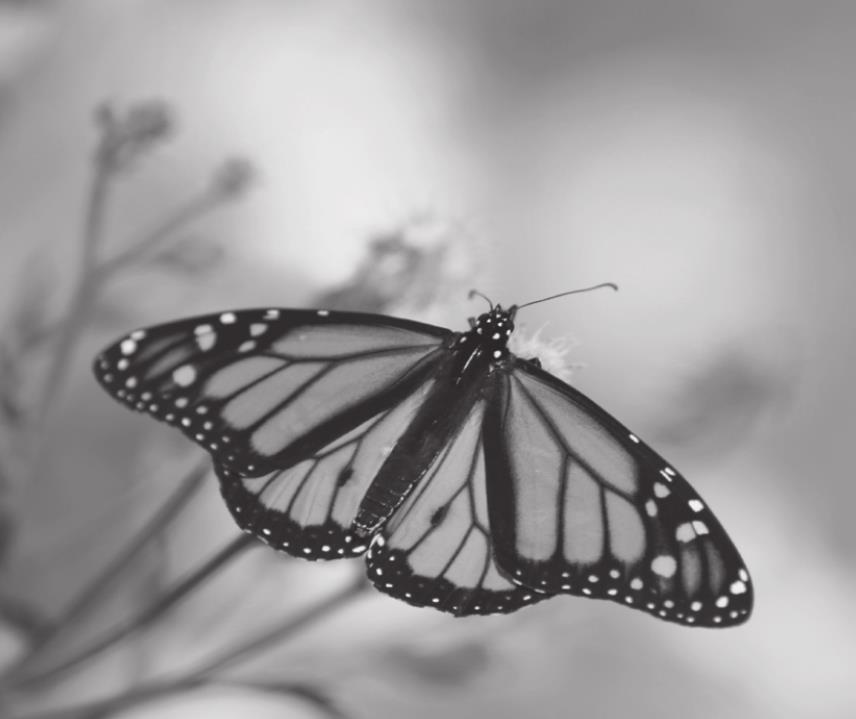

Monarchs struggle because of a loss of their primary food source. Photo from Metro Creative
EXPLORING NATURE: MONARCH BUTTERFLY
The monarch butterfly is in big, big trouble.
Specifically, more than 90% of North American monarchs have been wiped out in the last 20 years.
A major cause of this draconian decimation is the loss of milkweed, a plant that sustains monarch caterpillars, who eat the leaves voraciously.
Texas is on the monarch butterfly’s superhighway for both spring and fall migrations and huge streams of the orange and black butterflies pass through our state. They spend summers as far north as Canada and as the weather cools, they fly south and many over-winter in Mexico.
Weighing less than a dime, these tiny creatures fly up to 3,000 mile each way, north and south. It takes multiple generations to complete the journey. Each generation mates and females lay eggs on milkweed, resulting in more butterflies to take up the baton of migrating. It can take up to five generations to make a single northward migration.
If you’d like to help increase the odds for the monarch’s survival, you can do three things:
First, check with a local plant nursery and see if they carry milkweed plants. I found a local hardware store that has a great selection of plants, including milkweed in gallon containers.
Second, don’t use chemical sprays around your property, especially the pesticide dicamba, which routinely drifts and kills flowering plants needed by pollinators.
Third, urge Congress to pass the Recovering America’s Wildlife Act to support the recovery of thousands of at-risk species through collaborative efforts.
It’s not too late to save the marvelous monarch butterfly. But time is running out.











